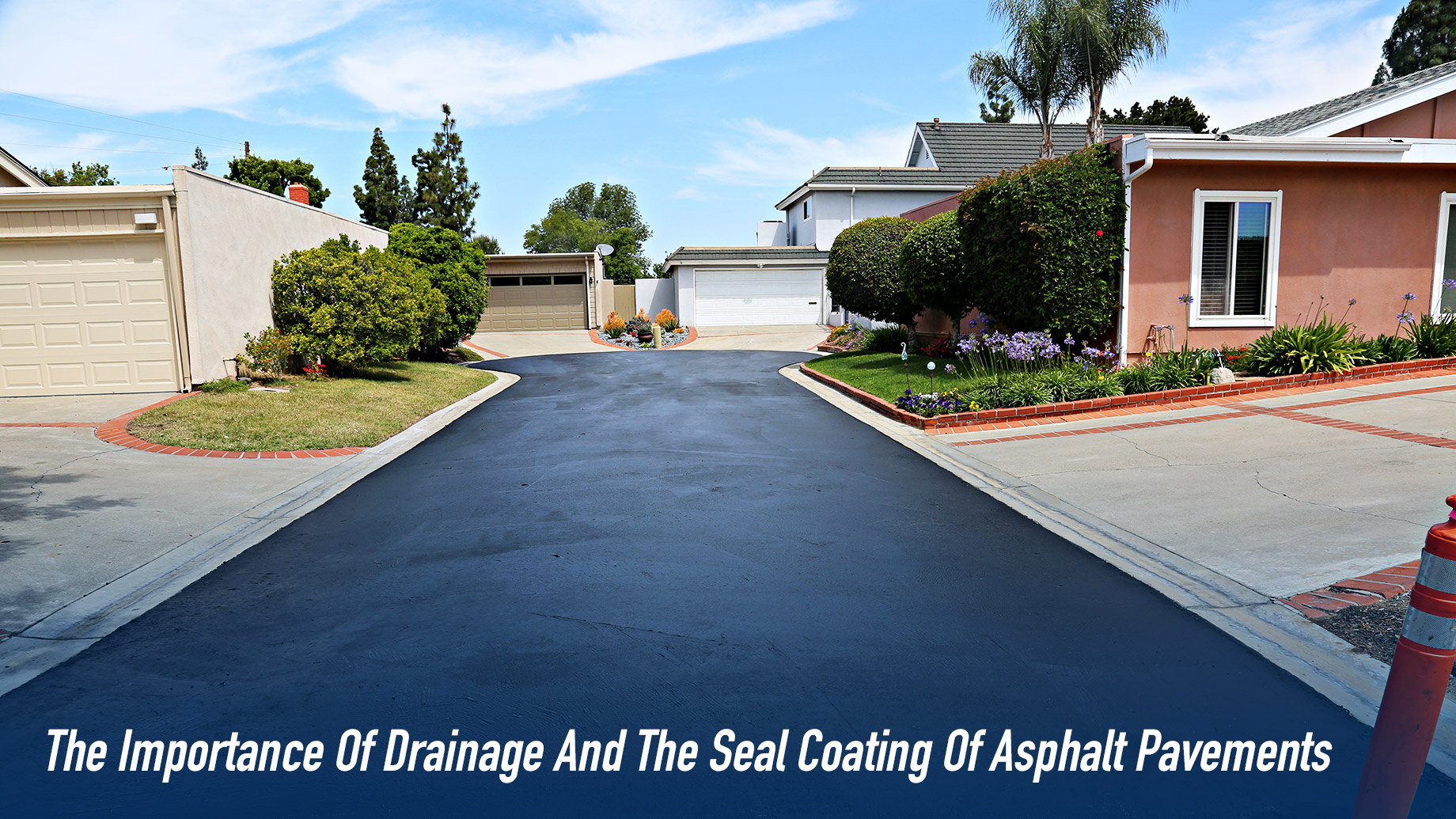
In general, asphalt pavements must withstand water exposure in varying degrees in tropical regions and areas that experience heavy rainfall. Although porous asphalt pavements are ideal for draining stormwater and are extremely strong and durable, it lacks water-resisting properties, and water can considerably damage the asphalt paving. To learn more about the proper maintenance of asphalt pavements, you must first understand the threats to asphalt pavements so that you can take adequate protective measures to extend the life of the surface.
The climate is a critical factor that affects the life of asphalt pavements. Extreme temperatures are harmful to asphalt pavements as it develops cracks and potholes that can cause permanent damages if not repaired on time. In the same way, asphalt can damage from freezing temperatures, and frequent maintenance to repair minor damages before it turns big is the only way to allow the surface to last its entire life, which is usually 20-25 years.
Why is water bad for asphalt pavements?
Most asphalt degradations happen due to water exposure, and even though temperature fluctuations can damage asphalt but not as much as water damage. During asphalt degradation, the ingredients start disintegrating as the bond loosens, and the shifting of the particles from their initial position leads to the development of cracks in the surface. Water penetrating through the asphalt surface reaches the sub-base, and the process of disintegration of the aggregate sets in, which separates it from the binder. The weakening of the bond between the aggregate and the binder shows up in the form of cracks and holes in the pavement. Smaller cracks that might appear innocuous or often escape our attention can pose bigger problems later as water continues to pass into the deeper layers of the asphalt surface.
Seal coating and proper drainage, together with regular maintenance, can prevent damage to asphalt pavements.
Seal coating
Seal coating is the best way to create a waterproof surface on asphalt pavements that prevents water from penetrating the surface. Seal coating is an essential measure in pavement preservation that helps extend the pavement’s life so that it lasts as expected. The process of seal coating consists of providing a thin coating of some special chemical on the pavement surface. The coating prevents water from infiltrating into the surface and provides a barrier to resist the UV rays of sunlight as well as oil spills and spillage of other fluids from passing vehicles and snow.
The seal-coated surface maintains a clean and dapper look for an extended time, and when done correctly, the seal coating should last for 3-5 years in areas that experience an average traffic load.
Proper drainage
When installing asphalt pavements, the design must include proper drainage so that water does not affect the structural integrity of the asphalt. The drainage design should direct the water away from the asphalt surface by creating proper slopes and asphalt curbing during the asphalt pavement installation. The drainage design must eliminate the chances of any water accumulation inside the asphalt surface that can prove highly damaging by starting the degradation process from inside.
Proper placement of the catch basins is the key to ensuring effective drainage of water.